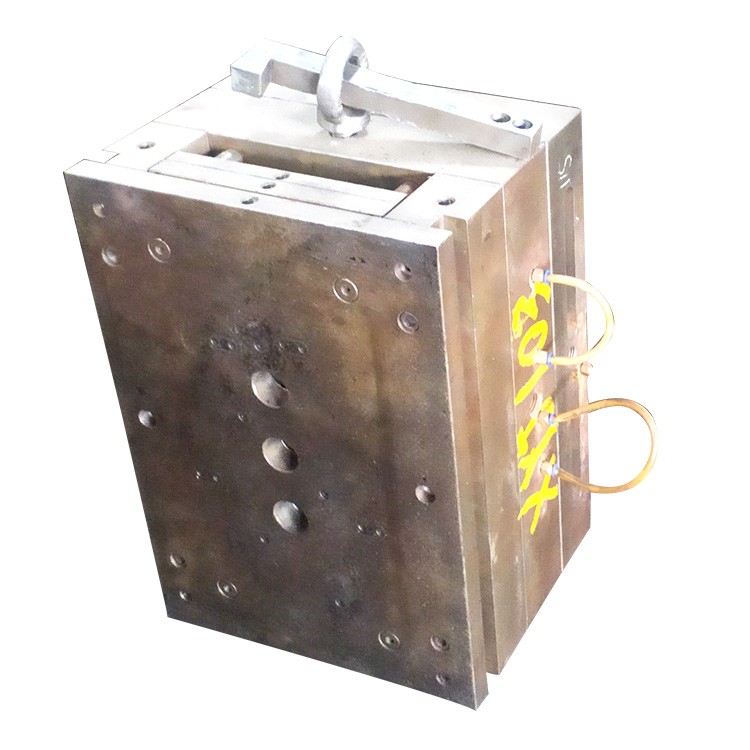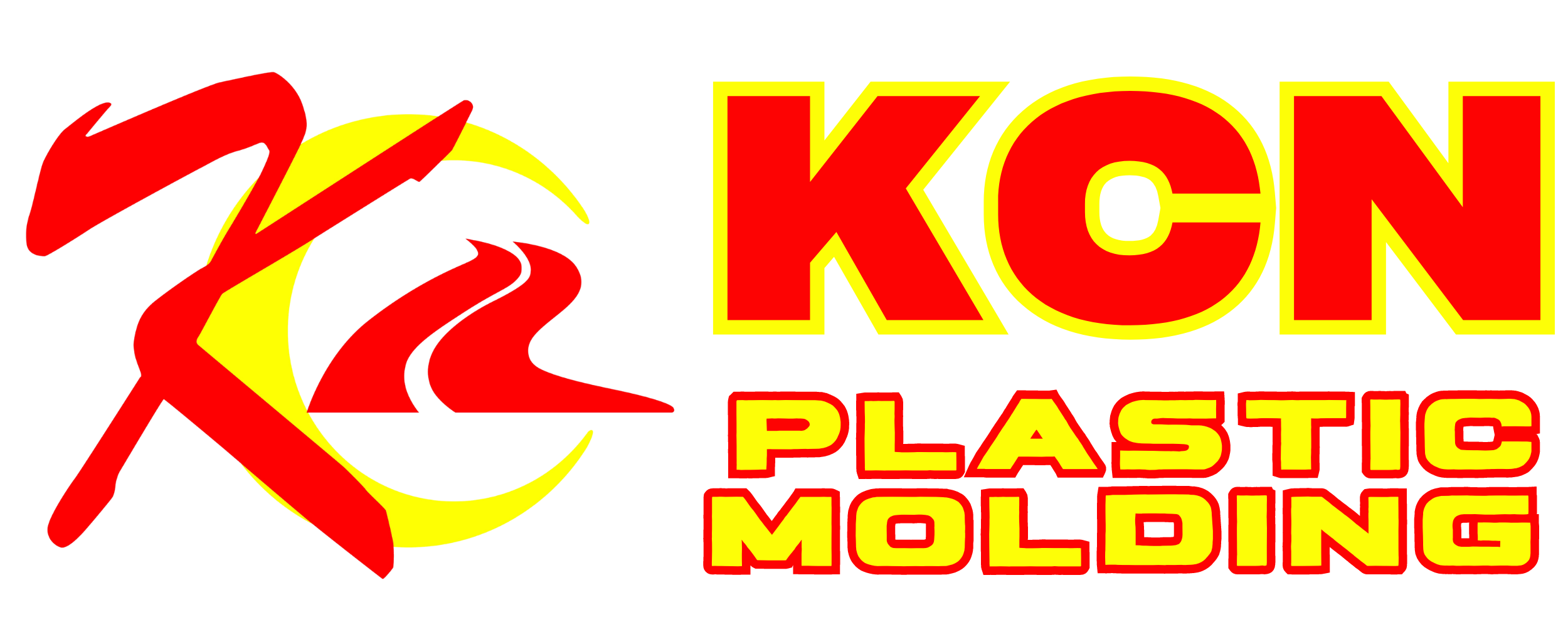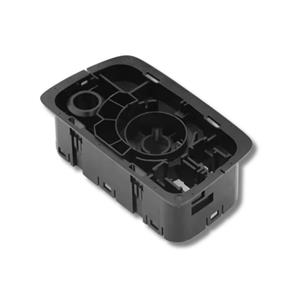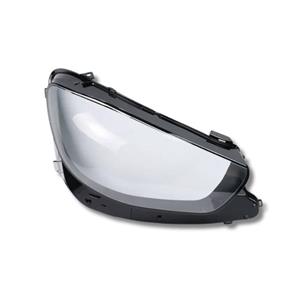What are the advantages of plastic injection molding?
Plastic injection molding offers several advantages compared to other manufacturing processes. Here are some key advantages of plastic injection molding:
1. High Efficiency and Production Speed: Plastic injection molding allows for high-volume production of plastic parts with fast cycle times. The use of automated machines and efficient molding processes enables manufacturers to produce a large number of parts in a relatively short time, resulting in cost savings and improved productivity.
2. Design Flexibility and Complex Geometry: Injection molding enables the production of intricate and complex part designs that may be challenging or impossible to achieve with other manufacturing methods. The mold can be precisely tailored to the desired shape, allowing for intricate details, varying wall thicknesses, and the incorporation of features like undercuts, threads, and logos.
3. Material Variety and Performance: Plastic injection molding supports a wide range of thermoplastic and thermosetting materials, offering versatility in material selection. This allows manufacturers to choose materials with specific properties, such as strength, flexibility, heat resistance, chemical resistance, or transparency, based on the requirements of the application.
4. Consistency and Precision: Injection molding provides excellent part-to-part consistency and dimensional accuracy. The use of precise molds and automated processes ensures that each molded part is nearly identical to the next, maintaining tight tolerances and meeting strict quality standards. This is crucial for applications where consistency and precision are paramount.
5. Cost Efficiency: While the initial tooling and mold creation for injection molding can have higher upfront costs, the per-unit cost decreases significantly with higher production volumes. Injection molding is highly scalable, making it cost-effective for large production runs. Additionally, the high repeatability and minimal material waste contribute to overall cost efficiency.
6. Reduced Post-Processing: Injection molded parts often require minimal post-processing compared to other manufacturing methods. The parts typically have smooth finishes and require little to no additional machining or surface treatment. This simplifies the production process, reduces labor requirements, and lowers overall production time and costs.
7. Automation and Efficiency: Injection molding is a highly automated process, with the use of robotic systems and advanced machinery. This automation enhances efficiency, reduces human error, and ensures consistent production quality. It also enables lights-out manufacturing, where production can continue unattended for extended periods.

Plastic injection molding has become a widely adopted manufacturing process due to its numerous advantages. It provides efficient, cost-effective, and versatile solutions for a wide range of industries, including automotive, consumer goods, medical devices, electronics, and more.




